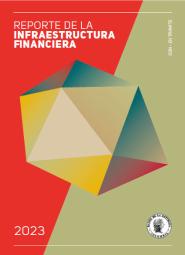Risk, Aggregate Demand, and Commodity Prices: An Application to Colombia
La serie Borradores de Economía es una publicación de la Subgerencia de Estudios Económicos del Banco de la República. Los trabajos son de carácter provisional, las opiniones y posibles errores son responsabilidad exclusiva del autor y sus contenidos no comprometen al Banco de la República ni a su Junta Directiva.
We embed a small open economy model for Colombia into the global risk model of Gómez-Pineda, Guillaume, and Tanyeri (2014). The small open economy model is estimated by Bayesian methods and used for analysis and projections. The model enable us to give a consistent treatment of shocks to global risk, country risk, and oil and commodity prices. This treatment is consistent because these shocks affect the global economy as a whole, as dictated by a structural global model, in contrast with other treatments that deal with “rest of the world" shocks as univariate auto regressive processes. The a-priori parameter distributions were found by calibrating for impulse response functions, the evolution of latent variables, equation fit, error decompositions, and model forecast performance. Among other results, we found that the identified episodes of retrenchment and buoyancy in global risk were transmitted to Colombia's country risk premium and that global risk shocks are important drivers of Colombia's output and unemployment gaps. Furthermore, aggregate demand-related shocks are not important as drivers of non-core inflation in Colombia, in contrast with the findings for other countries.
The opinions expressed here do not necessarily correspond neither to the Banco de la República nor its Board of Directors.
Updated: 20/10/2015 12:33 p.m.





















































